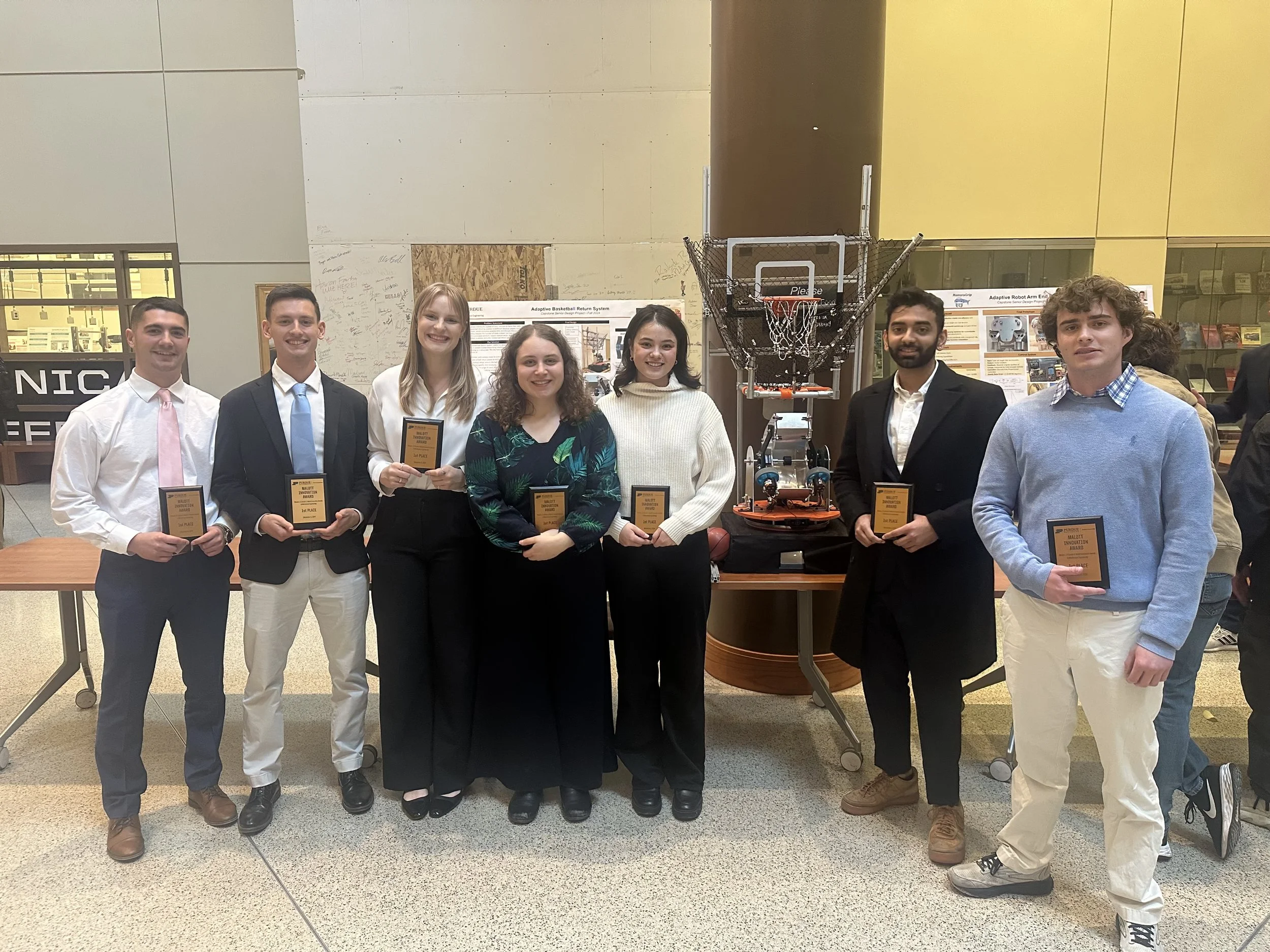"Optimal pulse width modulation for sinusoidal fringe generation with projector defocusing," Opt. Lett., (2010)
/[27] Y. Wang* and S. Zhang, " Optimal pulse width modulation for sinusoidal fringe generation with projector defocusing," Opt. Lett., 35(24), 4121-4123, 2010; doi: 10.1364/OL.35.004121
Recently, a study showed that generating sinusoidal fringe patterns by properly defocusing binary ones can significantly simplify three-dimensional shape measurement system development and drastically improve its speed. However, when the fringe stripes are very wide, it is very difficult for this technique to achieve high-quality measurement. This Letter presents a method to improve this technique by selectively eliminating high-frequency harmonics induced by a squared binary pattern. As a result, better sinusoidal fringe patterns can be generated with a small degree of defocusing even for wide fringe stripes. Simulation and experiments will be presented to verify the performance of this proposed technique.



